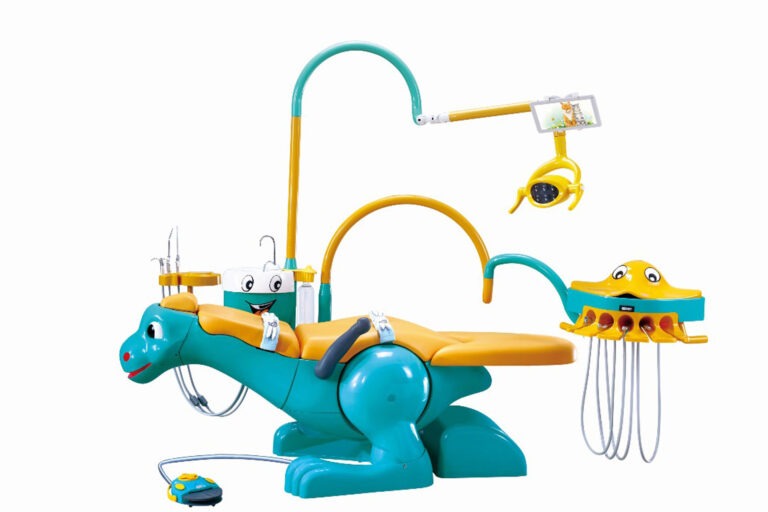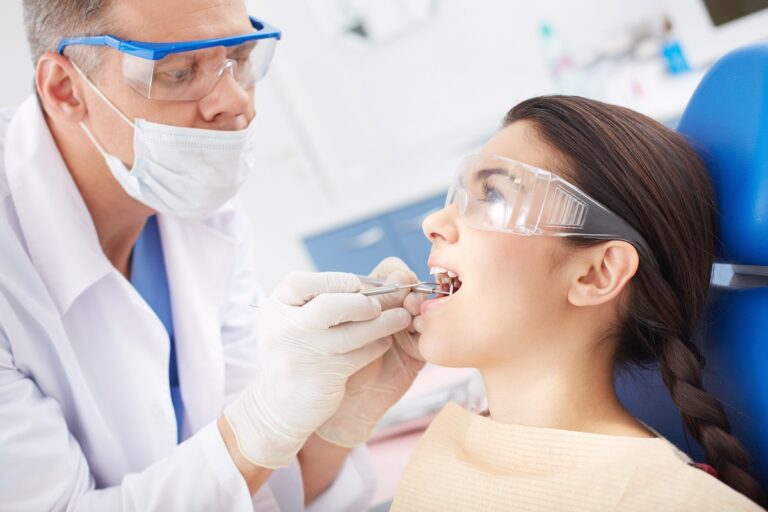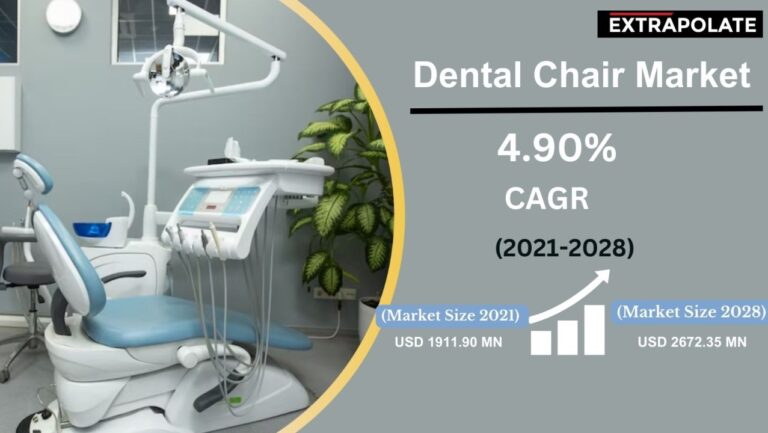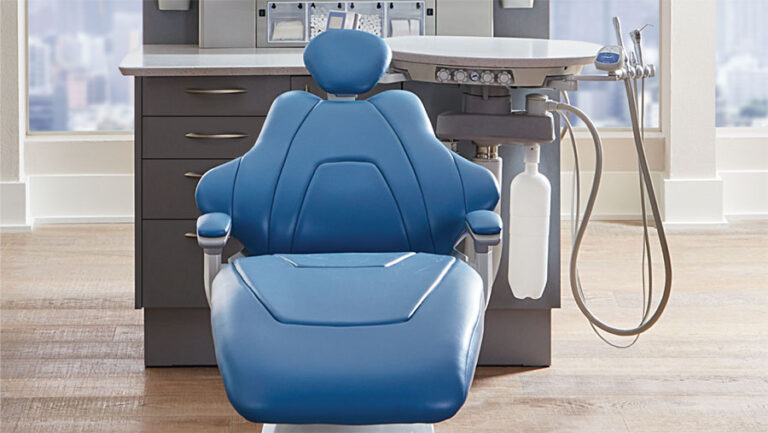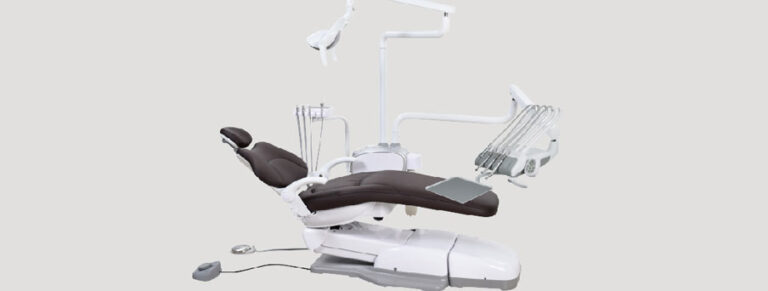Dental chairs are the cornerstone of every successful dental practice, serving as the primary interface between dentists and their patients. As such, maintaining these essential pieces of equipment is crucial for ensuring optimal performance, patient comfort, and the longevity of your investment. In this comprehensive guide, we’ll delve into the best practices for dental chair maintenance, covering everything from daily cleaning routines to long-term care strategies.
Understanding the Importance of Dental Chair Maintenance
A well-maintained dental chair is more than just a matter of aesthetics; it directly impacts the quality of care you provide and the efficiency of your practice. Here are some key reasons why prioritizing dental chair maintenance is essential:
- Patient Comfort and Safety: A clean, properly functioning dental chair ensures a comfortable and safe experience for your patients. Regular maintenance helps prevent malfunctions that could cause discomfort or even injury during treatment.
- Infection Control: Dental chairs are exposed to a wide range of microorganisms, making them potential vectors for infection. Implementing a rigorous cleaning and disinfection protocol is crucial for maintaining a hygienic environment and protecting both patients and staff.
- Equipment Longevity: Like any complex piece of machinery, dental chairs require regular care to function at their best. By adhering to a maintenance schedule, you can extend the lifespan of your equipment and avoid costly repairs or replacements.
- Professional Image: A well-maintained dental chair projects an image of professionalism and attention to detail. Patients are more likely to trust and return to a practice that prioritizes cleanliness and equipment upkeep.
Establishing a Daily Maintenance Routine
Consistency is key when it comes to dental chair maintenance. Implementing a daily cleaning and inspection routine ensures that your equipment remains in top condition and any potential issues are caught early. Here’s a step-by-step guide to daily dental chair maintenance:
After Each Patient
- Disinfect Contact Surfaces: Using an EPA-registered disinfectant, wipe down all surfaces that come into contact with patients, including the headrest, armrests, and seat. Pay special attention to crevices and hard-to-reach areas where bacteria can accumulate.
- Sterilize Instruments: Thoroughly clean and sterilize all dental instruments used during the appointment, following the manufacturer’s guidelines and industry standards for infection control.
- Flush Water Lines: Run water through the handpiece tubing and air/water syringe for at least 20-30 seconds to flush out any debris or stagnant water that could harbor bacteria.
End of Day
- Clean Upholstery: Using a mild detergent and warm water, clean the dental chair’s upholstery to remove any dirt, debris, or stains accumulated throughout the day. Be sure to follow the manufacturer’s recommendations for cleaning agents to avoid damaging the material.
- Lubricate Moving Parts: Apply a small amount of lubricant to any moving parts, such as the chair’s hydraulic system or adjustment mechanisms, to ensure smooth operation and prevent wear and tear.
- Inspect for Damage: Carefully examine the dental chair for any signs of damage, such as tears in the upholstery, cracks in the plastic components, or loose connections. Address any issues promptly to prevent further deterioration.
- Organize Accessories: Ensure that all dental chair accessories, such as handpieces, trays, and light handles, are properly cleaned, sterilized, and stored in their designated locations.
Implementing a Long-Term Maintenance Plan
While daily maintenance is essential, it’s equally important to have a long-term plan in place to keep your dental chairs in optimal condition. This involves regular servicing, repairs, and upgrades as needed.
Scheduled Servicing
Dental chairs should be professionally serviced at least once a year, or more frequently if recommended by the manufacturer. During these service appointments, a trained technician will:
- Inspect all components for wear and tear
- Lubricate moving parts
- Calibrate instruments
- Test safety features
- Replace any worn or damaged parts
Keeping up with scheduled servicing not only prolongs the life of your dental chairs but also helps prevent unexpected breakdowns that can disrupt your practice.
Prompt Repairs
Despite regular maintenance, dental chairs may occasionally experience issues that require repair. It’s crucial to address these problems promptly to avoid further damage and ensure patient safety. Some common issues that may arise include:
- Malfunctioning foot controls
- Leaks in the hydraulic system
- Worn or torn upholstery
- Loose or broken attachments
If you notice any problems with your dental chairs, contact a qualified repair service as soon as possible. Attempting to fix the issue yourself or ignoring it altogether can lead to more serious and costly problems down the line.
Upgrades and Replacements
As dental technology advances, it’s important to consider upgrading or replacing your dental chairs to keep pace with industry standards and patient expectations. Some signs that it may be time for an upgrade include:
- Outdated features or lack of compatibility with new equipment
- Frequent breakdowns despite regular maintenance
- Visible wear and tear that detracts from the chair’s appearance
- Inability to meet the needs of your growing practice
When selecting new dental chairs, look for models that offer ergonomic innovations, advanced features, and customization options to enhance both patient comfort and clinical efficiency.
Training Your Team
Effective dental chair maintenance requires a team effort. Every member of your staff, from dental assistants to hygienists, plays a role in keeping your equipment in top condition. To ensure consistency and accountability, consider implementing the following training strategies:
- Develop a Written Protocol: Create a detailed, written protocol outlining your practice’s dental chair maintenance procedures. This should include step-by-step instructions for daily cleaning, infection control guidelines, and reporting procedures for any issues that arise.
- Conduct Regular Training Sessions: Schedule regular training sessions to review your maintenance protocol and provide hands-on demonstrations of proper cleaning and care techniques. This is especially important when onboarding new team members or introducing new equipment.
- Assign Responsibilities: Clearly define each team member’s role in maintaining the dental chairs. This helps ensure that all tasks are completed consistently and efficiently, without any confusion or overlap.
- Encourage Open Communication: Foster an environment where team members feel comfortable reporting any concerns or issues they notice with the dental chairs. Prompt communication can help catch potential problems early and prevent more serious issues from developing.
Conclusion
Maintaining your dental chairs is a critical aspect of running a successful and patient-centered practice. By implementing a comprehensive maintenance plan that includes daily cleaning, scheduled servicing, and ongoing staff training, you can ensure that your equipment remains in optimal condition for years to come.
Remember, investing time and resources into dental chair maintenance is not just about protecting your equipment; it’s about providing the best possible care for your patients and building a reputation for excellence in your community.
For more in-depth information on dental chair care and best practices, be sure to explore our other resources, such as the Essential Dental Chair Accessories, Anatomy of a Dental Chair, and Maximizing Dental Treatment Efficacy.
Why Must Surfaces in Dental Treatment Rooms Be Clean?
Surfaces in dental treatment rooms must be clean to prevent the spread of infections. These surfaces can become contaminated with saliva, blood, and other bodily fluids during dental procedures. If not properly cleaned and disinfected, these surfaces can become a source of infection for patients and dental staff. Therefore, maintaining clean surfaces is crucial for patient safety and infection control.
Why Has Dentistry Made Such a Change in Its Standards?
Dentistry has made significant changes in its standards to improve patient care, incorporate new research and technology, and respond to changes in public health needs. These changes can include new techniques for procedures, updated guidelines for patient care, and increased focus on preventive care. The goal of these changes is to provide the best possible care for patients.
Why Won’t My Dental Chair Go Down?
If your dental chair won’t go down, it could be due to a number of issues. The most common cause is a problem with the hydraulic system that controls the chair’s movement. This could be due to a leak in the system, a blockage, or a failure of the hydraulic pump. If your chair won’t go down, it’s best to consult with a professional who can diagnose and fix the problem.
Is Dental Cleaning Important?
Yes, dental cleaning is crucial for maintaining oral health. Regular cleanings can remove plaque and tartar that brushing and flossing at home can’t reach. This can help prevent cavities and gum disease. Additionally, cleanings give your dentist the opportunity to check for signs of oral health issues that you may not notice on your own.
Should Dental Cleaning Hurt?
No, a dental cleaning should not hurt. You may feel some pressure and vibration during the cleaning, but it should not cause pain. If you experience pain during a cleaning, it’s important to let your dentist know so they can adjust their technique or provide you with additional numbing.

